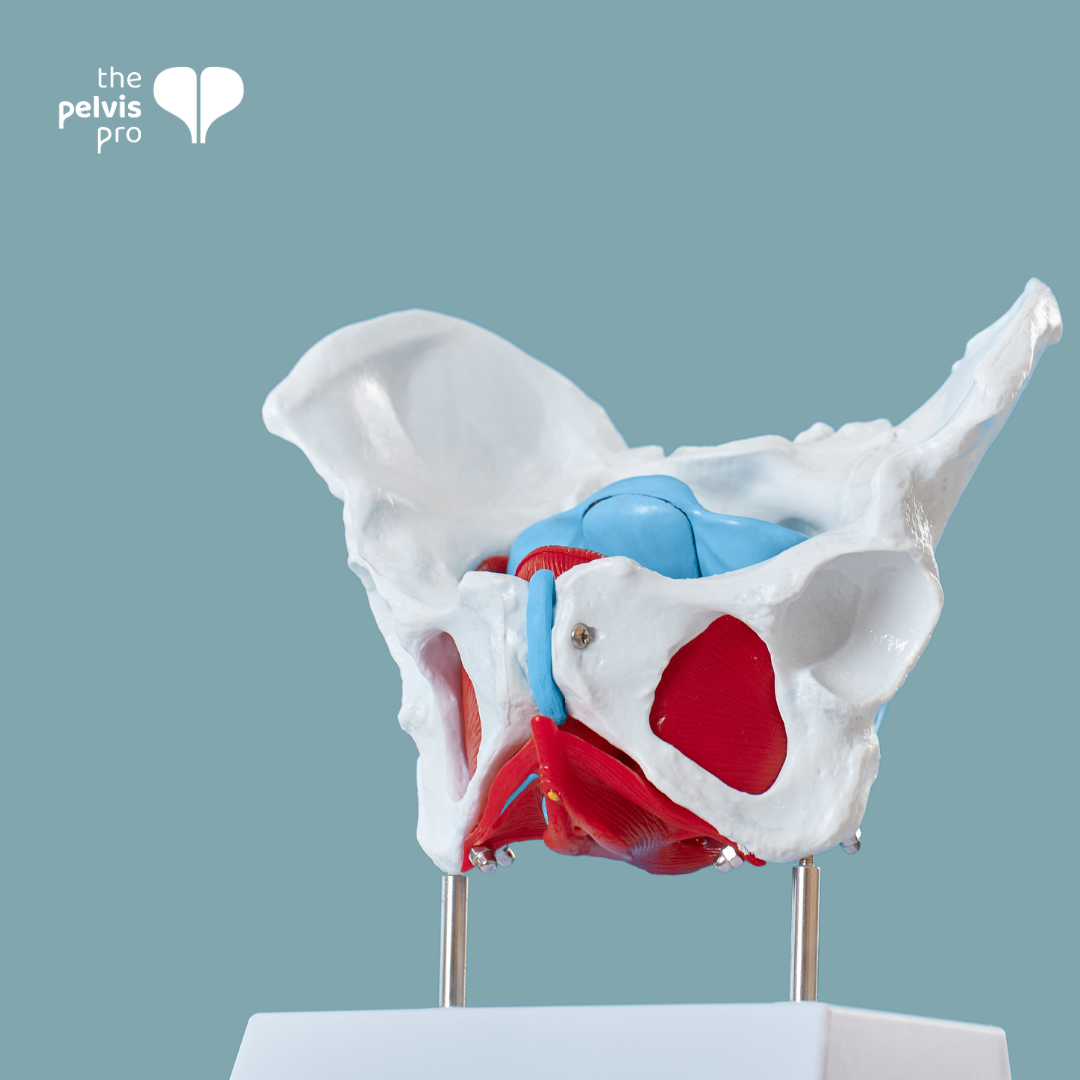Once Postpartum, Always Postpartum!
If you have been following my postpartum journey as a pelvic health physical therapist, then this blog is for you. If you have not been following my postpartum journey but you are currently pregnant, plan to get pregnant, are a new mom, or have multiple kids already then, this blog is also for you. I am not embarrassed to discuss the symptoms I had postpartum because I want women to know that they can discuss these symptoms with me, their healthcare providers, and friends.
Currently in the United States, there is no standard of care for postpartum women. Yes, the 4thtrimester” is now a term, but it is not implemented consistently, yet. At your 4-6 week checkup after childbirth your head is a mess, you are sleep deprived, still bleeding, possibly still in pain, weak, and not thinking about the future of your pelvic floor, right? However, right now in this model of healthcare it is up to you to ask questions regarding the status of your pelvic health! You most likely will not have your abdomen assessed, pelvic floor assessed, body biomechanics assessed, and posture assessed. You may have urinary issues already like diastasis recti, painful sex, urinary leakage, pelvic pressure and not know that those are not normal. (Yes, these are all very common pelvic floor issues). You may mention them and hear “oh, it will get better, you just had a baby!” I do not want to talk about all 4-6 week checkups like this, because in my area there are many providers that now have the discussion with all patients! However, it is not standard of care for all practices.
Rewind to my birth, (refer to my “Birth Story” blog), just 12 short months ago; I had a 3rddegree tear, a million stitches, a minor rectal prolapse and I was told to return to all normal activity prior to giving birth because my stitches had healed. Guess what normal activity is for me? Orange Theory Fitness, running, jumping, biking, and other high intensity exercises. If I would have returned to normal activity I would not be where I am today. Fast forward 2 weeks, I saw my amazing pelvic health physical therapist, she addressed my level of scar tissue, pelvic pain, posture, core weakness, and addressed why I was having fecal incontinence. After a few weeks of doing my own homework (daily) I was “cleared” by my physical therapist to begin returning to my normal activity level. Hint the work “begin.” How long did it take me to return to my normal activity, pain free intercourse, coughing without leaking, running without leaking feces on myself (yep, that happened), and sprinting 10.0 on a treadmill during orange theory? It was not until around 6 months postpartum that intercourse was comfortable again, I could run without leaking, cough without leaking, and 10 months postpartum that I was exercising at the same level that I was prior to giving birth. It was a long road. I did exercises related to my pelvic health daily.
What did my postpartum physical therapy look like?
-internal (vaginal and rectal) release treatment for my scar tissue, tight musculature
-re-educating my pelvic floor and core musculature
-addressed hip immobility
-posture support
-self care
-core stability
-hip stability
-home exercise program (just a few minutes a day)
Fast forward to current day, June 20, 2019. Right now, I am exactly 12 months postpartum. It took 12 months of diaphragmatic breathing, scar tissue release, neuromuscular control work, pelvic strengthening, core strengthening, endurance work, postural support, mental support, and time to get to where I am today. I am proud to say that I am here. I am not upset it took me this long. Do you know how long it takes other injuries to heal? Think about all the athletes with ACL tears, achilles ruptures, shoulder injuries?
I can tell people my birth story and my recovery story but also tell them that I do not have any of the symptoms my clients report to me on a daily basis. Why am I going on and on about this? Because I see way too many women come in 1 year postpartum, 2 years postpartum, etc. with all of these signs/symptoms that have never been addressed and they are frustrated, upset, and worried they will never resolve. My goal: that every woman knows what to look for postpartum to address their pelvic health. I want every woman to know the terms pelvic organ prolapse, incontinence, scar tissue, high tone pelvic floor, dyspareunia, vaginismus, pessary, (I can go on and on).
So why the title, “Once Postpartum, Always Postpartum,” ? Well, I believe this is a fitting title because even one year out I am still constantly working on things related to my body being pregnant, having Oliver, and recovering from my birth. You are not “done” just because your pelvic health physical therapist discharged you from care. Just like an athlete is not “done” because they returned to their sport. My weekly exercise routine includes stability work for the musculature related to pregnancy and beyond. In the car, I continue to work on diaphragmatic breathing and releasing my pelvic floor. I am constantly monitoring my body when I do new core exercises. I make sure to stretch and work on posture due to Oliver growing by the second! This is never ending right, because every day there is a new challenge. Just because my posture is good with a 3 month old doesn’t mean it will be good with a one year old!
Daily I hear from my patients that, “I had no idea this is what we would do in physical therapy after I had my baby,” and “why didn’t anyone tell me about this?” So, my goal is to change this, to improve the awareness of pelvic health physical therapy. Pelvic health should be the standard of care for all women.










